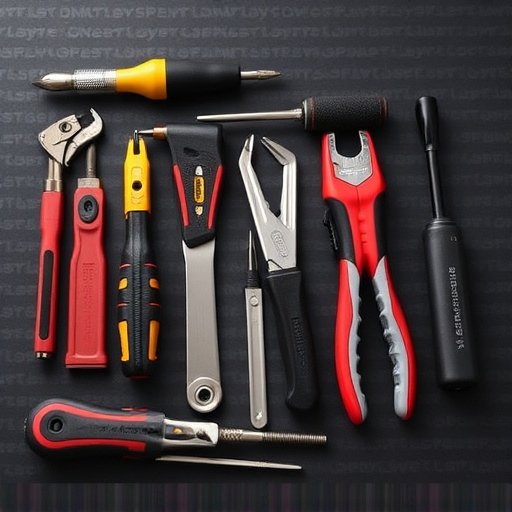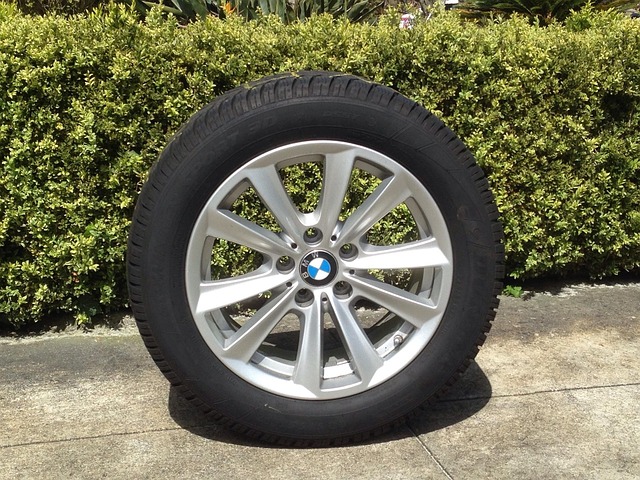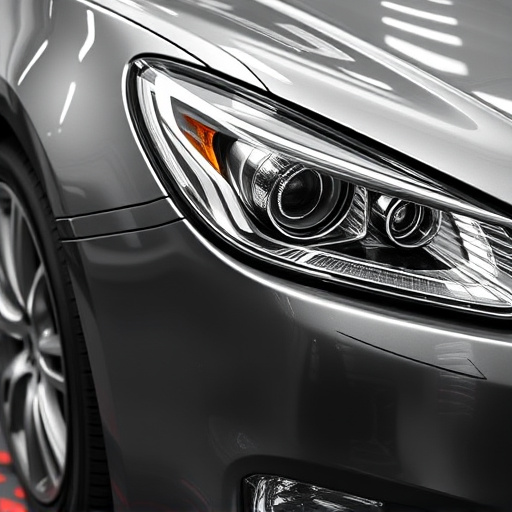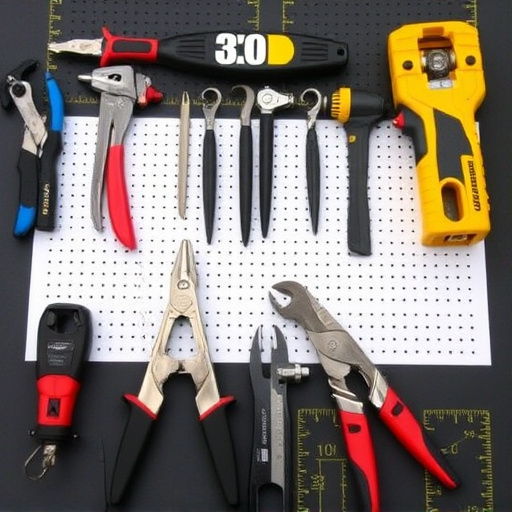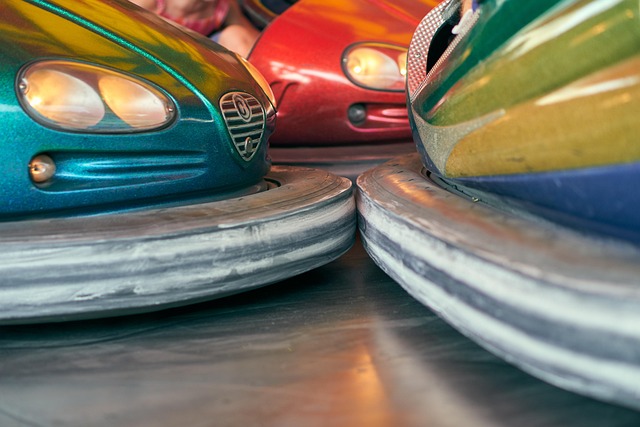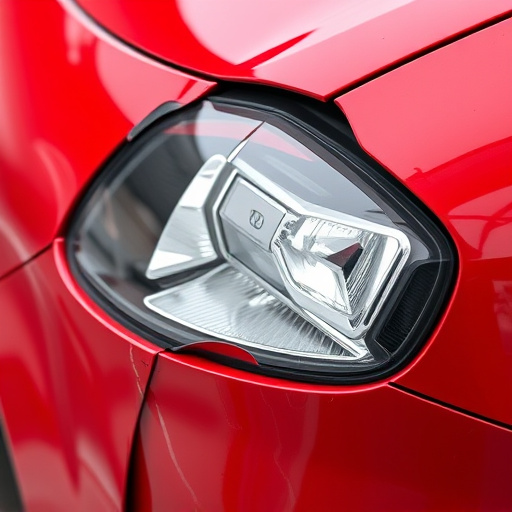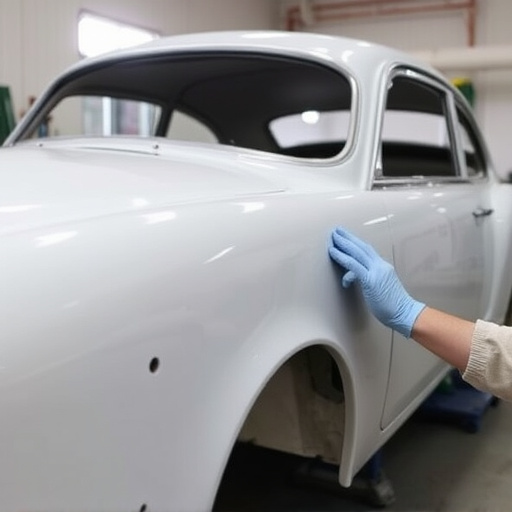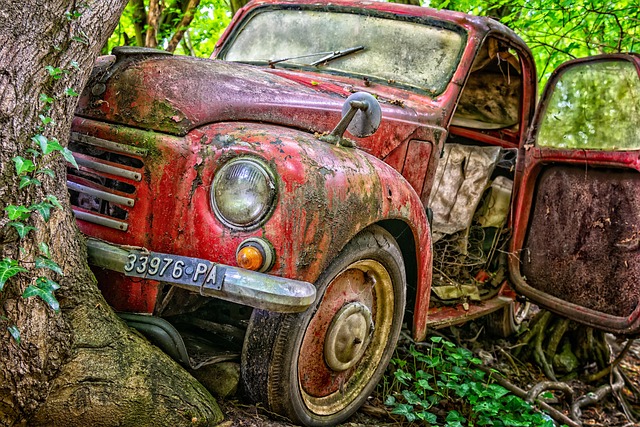Metal reshaping PDR (Paintless Dent Repair) is an eco-friendly, efficient, and cost-effective method for restoring vehicle bodywork, gaining popularity in the auto repair industry. Skilled technicians use specialized tools to remove dents without painting or sanding, preserving the car's original condition. This process involves advanced techniques, such as heat guns, clamping, and blending, ensuring precision and a seamless finish that matches the original paint job. Quality Assurance and Safety Measures are paramount, with rigorous training, adherence to industry standards, protective gear, proper ventilation, and environmental compliance ensuring superior results and fostering positive reputations in the competitive car bodywork services market.
In the realm of automotive repair and restoration, Metal Reshaping PDR (Paintless Dent Repair) stands as a game-changer. This innovative technique offers a vibrant alternative to traditional painting methods, preserving vehicle integrity with minimal disruption. This article delves into the key elements that define professional metal reshaping PDR results. From understanding the process and its benefits, to exploring essential tools and safety measures, we uncover the secrets behind achieving top-notch, long-lasting repairs without compromising quality or aesthetics.
- Understanding Metal Reshaping PDR: The Process and Its Potential
- Essential Tools and Techniques for Achieving Top-Notch Results
- Quality Assurance and Safety Measures: Ensuring Customer Satisfaction and Longevity of PDR Services
Understanding Metal Reshaping PDR: The Process and Its Potential
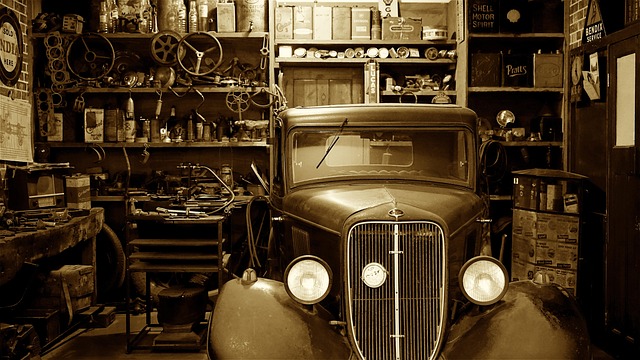
Metal reshaping PDR (Paintless Dent Repair) is a revolutionary technique transforming the auto repair industry. This process involves skilled technicians using specialized tools to realign and smooth out dents in vehicle bodywork without the need for traditional painting or sanding. By manipulating the metal, professionals can effectively restore vehicles to their original condition, preserving the car’s aesthetics and value.
The potential of this method is significant, offering a more efficient, cost-effective, and environmentally friendly alternative to conventional auto body restoration methods. Metal reshaping PDR preserves the factory finish, eliminating the need for expensive primer and paint applications. This not only saves time but also reduces the carbon footprint associated with traditional vehicle restoration processes, making it an increasingly popular choice for both repair shops and car owners seeking top-notch results in auto bodywork.
Essential Tools and Techniques for Achieving Top-Notch Results

Achieving top-notch results in metal reshaping PDR (Paintless Dent Repair) requires a combination of specialized tools and adept techniques. Professional technicians rely on high-quality dent removal tools such as puffers, mallets, and pick tools to carefully extract dents while preserving the integrity of the vehicle’s bodywork. These tools come in various shapes and sizes, each designed for specific dent patterns, allowing for precise and effective repairs.
Along with the right tools, proficiency in PDR techniques is paramount. This includes understanding the principles of panel flexibility, applying controlled force, and recognizing the subtlest signs of damage. Skilled technicians use heat guns strategically to expand metal, enabling better access to hard-to-reach dents. Additionally, they employ various tactics like clamping, malletting, and blending to ensure a seamless finish that matches the vehicle’s original paint job, enhancing aesthetics and retaining the value of the car paint services, automotive collision repair, and vehicle bodywork.
Quality Assurance and Safety Measures: Ensuring Customer Satisfaction and Longevity of PDR Services
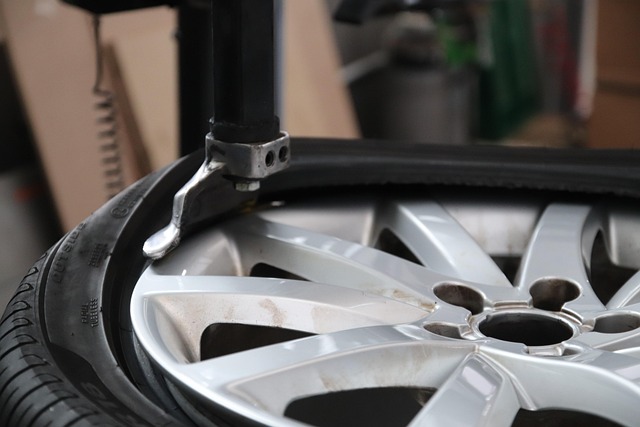
In the realm of metal reshaping PDR (Paintless Dent Repair), Quality Assurance and Safety Measures play a pivotal role in ensuring customer satisfaction and the longevity of services provided by an automotive body shop. The process demands meticulous attention to detail, as even the slightest error can compromise the vehicle’s aesthetics and structural integrity. Implementation of rigorous quality control protocols, including regular training for technicians and adherence to industry standards, is essential. This involves utilizing specialized tools designed for precise metal manipulation, ensuring minimal disruption to the vehicle’s original finish.
Additionally, prioritizing safety is paramount. Protective gear, such as gloves and eye wear, must be worn by all personnel involved in the vehicle paint repair process. Proper ventilation and adherence to environmental regulations are also critical, especially when dealing with chemical compounds used for bonding and sealing. By maintaining high standards of quality assurance and safety, an automotive body shop can deliver superior results that meet or exceed customer expectations, fostering a positive reputation in the competitive market for car bodywork services.
Metal reshaping PDR (Paintless Dent Repair) is a specialized technique that offers both aesthetic and functional benefits. By understanding the process, utilizing the right tools, and adhering to strict quality assurance and safety measures, professionals can deliver exceptional results that restore vehicles to their original condition. Incorporating these key elements ensures customer satisfaction and the longevity of PDR services, making it a reliable solution for removing dents and scratches without the need for traditional paintwork.
